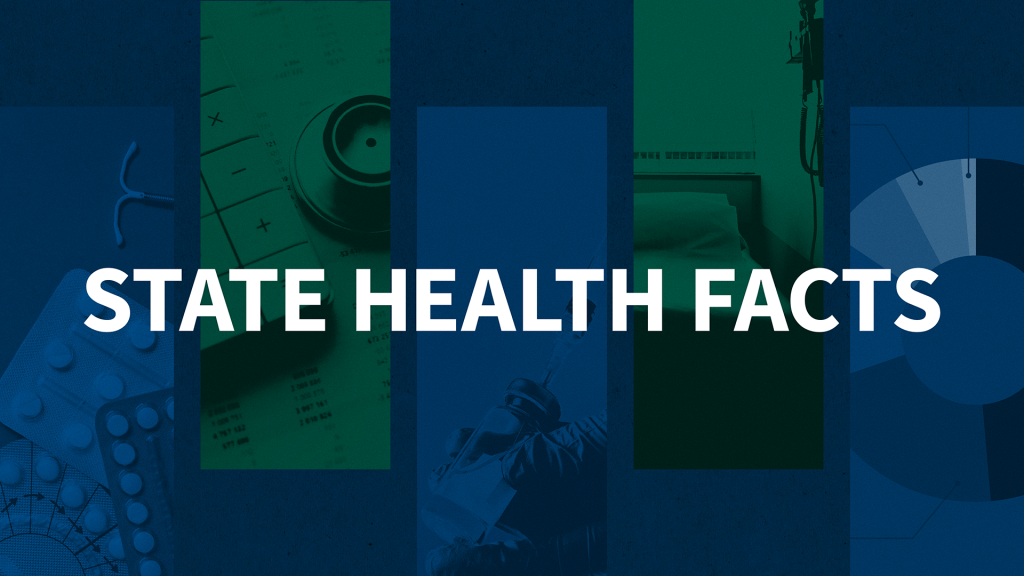Health and Access to Care and Coverage for Lesbian, Gay, Bisexual, and Transgender (LGBT) Individuals in the U.S.
Lesbian, gay, bisexual, and transgender (LGBT) individuals often face challenges and barriers to accessing needed health services and, as a result, can experience worse health outcomes. These challenges can include stigma, discrimination, violence, and rejection by families and communities, as well as other barriers, such as inequality in the workplace and health insurance sectors, the provision of substandard care, and outright denial of care because of an individual’s sexual orientation or gender identity. This issue brief examines population characteristics of the LGBT community and the impacts of the Affordable Care Act (ACA), Supreme Court rulings and other policy changes related to same-sex marriage that can insurance coverage and access to health care services, and recent actions by the Trump Administration.
